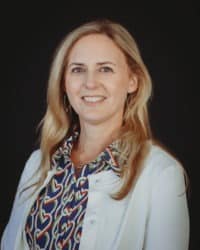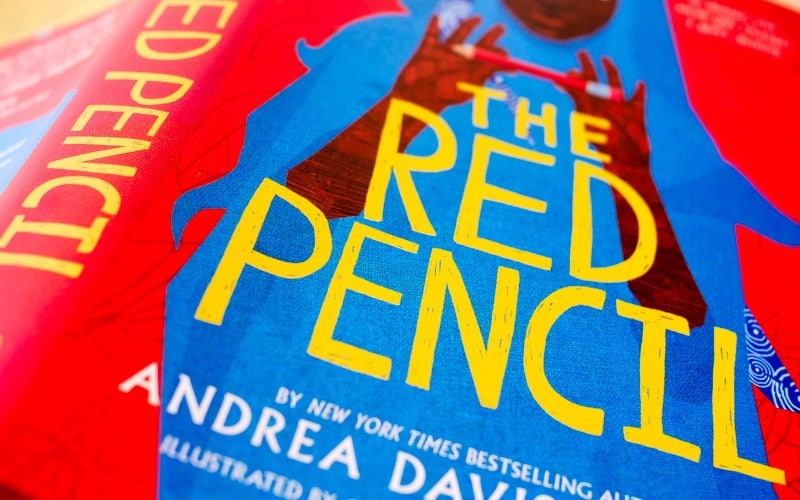 by Heather Copps, Groves Academy RTI Specialist
by Heather Copps, Groves Academy RTI Specialist
A woman posted in my yoga blog that she was feeling useless and hopeless watching the protests unfold in the Minneapolis community and around the world. She realized that up to this point, she had been complacent in her privilege and now she was now asking the question, “what can I do to foster change?” She was asking great questions which is a great first step in doing something.
After reading her blog, I began reflecting on my education. While working and learning at the University of Washington, I took a class called Multicultural Children’s Literature. Every day, my professor began by reading us a story. We happily floated out of our Seattle classroom and entered the beautiful stories and illustrations written about diverse lives from many lands and perspectives.
This class was an early step in my journey of discovery around issues of equity and it inspired my thesis topic. I studied and compared popular sight word lists used for teaching reading. These are important words found often in literature, typically with irregular spellings so that students are taught to read them from sight, rather than “sounding them out,” (i.e. of and come) I found that they were all pretty similar. This begged the question: “If they occur frequently in Dick and Jane, then what about these beautiful books that I was learning about in my class?” I analyzed word content in a selection of books and then made a case for using books by African American authors to teach sight words. To be clear, these are books by Black authors and not about Black characters. At the time, one had to search for books by authors of color. There were very few on the shelves. Luckily now there is a wider selection.
While we are learning sight words and expanding vocabulary, we can learn about our place in the world. To quote my 30-year-old self: “Multi-ethnic literature is for all students. Aside from providing knowledge, it can widen student perspectives by offering varying points of view, promote and develop an appreciation for diversity, encourage critical reasoning, and illuminate the human experience.”
I want to suggest that the first step to understanding unrest in America today is to simply listen, ask questions, and take time to learn. We can do this with our children through literature. Stories do not have to be, but can be, serious or deep. Simply hearing the cadence, ideas, style and structure of a different voice can illuminate new perspectives or at least leave us open to different ideas. Get cozy on the couch with a beautiful book by Andrea Davis Pinkney, Allan Say, or Minnesota’s own, Louise Erdrich. You can even visit her bookstore, Birchbark Books, in Kenwood near Lake of the Isles or go to one of my family’s favorite bookstores, Wild Rumpus, in Lindon Hills.
Both places have great suggestions on their site for beautiful literature by a variety of authors, for a variety of ages.
We want our kids to succeed academically and we want them to be socially and emotionally healthy in our community and in the workplace. Important educational goals include academic subjects as well as emotional and cognitive development. As they are learning to read, they can also learn about themselves and their place in the world through differing perspectives.
Read. Listen. Question. Learn. Include our youngest generation. Then, you are doing something important.
NEVER MISS AN UPDATE
Don’t forget to sign up for our news and blog updates in the purple box below- and follow us on social media so you don’t miss a thing.
LinkedIn | Facebook | YouTube | Twitter | Instagram
Share your news, success story, or meaningful moment about Groves. Click here.

